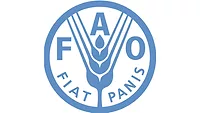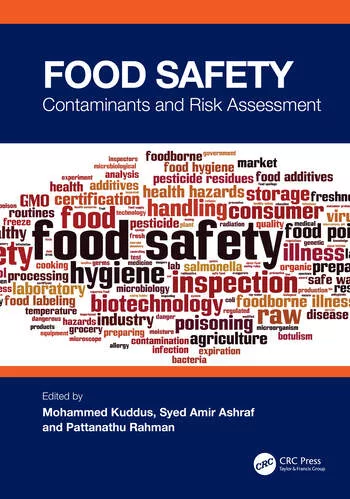Icelandic Food and Veterinary Authority Publishes 2022 Report on Antimicrobial Use, AMR

Image credit: Karolina Grabowska via Pexels
Matvælastofnun, known as the Icelandic Food and Veterinary Authority in English, recently published a report on the country’s antibiotic use for animals and antimicrobial resistance (AMR) of bacteria in animals and food during 2022.
In 2022, 12 Salmonella strains from poultry samples were tested for susceptibility, one of which was found to be resistant to three classes of antibiotics. Out of 85 Escherichia coli strains isolated from chickens, 17 (20 percent) were resistant to one or more antibiotics, seven of which were multidrug-resistant (MDR). Additionally, of 170 strains of streptococci from lamb intestines, 31 strains (18.2 percent) were resistant to antibiotics, and two were MDR.
However, all 14 Campylobacter strains that were isolated from poultry and tested were found to be susceptible to antibiotics.
Screening was done for ESBL/AmpC-producing E. coli and carbapenemase-producing E. coli from 153 and 150 chicken appendix samples, respectively. All samples were negative. Also screened for ESBL/AmpC-producing E. coli were 170 appendiceal samples of lambs, and 15 out of 170 samples were found to be positive (8.8 percent). All the strains were AmpC-producing and carried an overexpressed chromosomal gene.
Additionally, during 2022, pigs were screened for methicillin-resistant Staphylococcus aureus (MRSA) for the fourth time since 2014. Like years prior, all samples were negative.
The total sale of antibiotics for animals in Iceland in 2022 was almost a third higher than the previous year, which can be explained by the administration of antibiotics in farmed char due to typhoid fever. When the sale of antibiotics for typhoid fever is subtracted from the total sales, it can be seen that the sale of antibiotics for animals actually decreased. Tetracyclines were the largest subclass of antibiotics making up 35 percent of total sales, followed by beta-lactamase-susceptible penicillins accounting for 34 percent of total sales in 2022.
Looking for quick answers on food safety topics?
Try Ask FSM, our new smart AI search tool.
Ask FSM →









